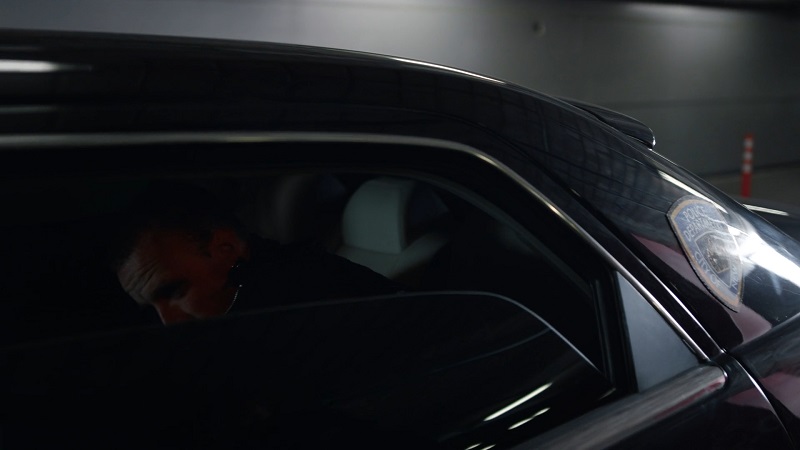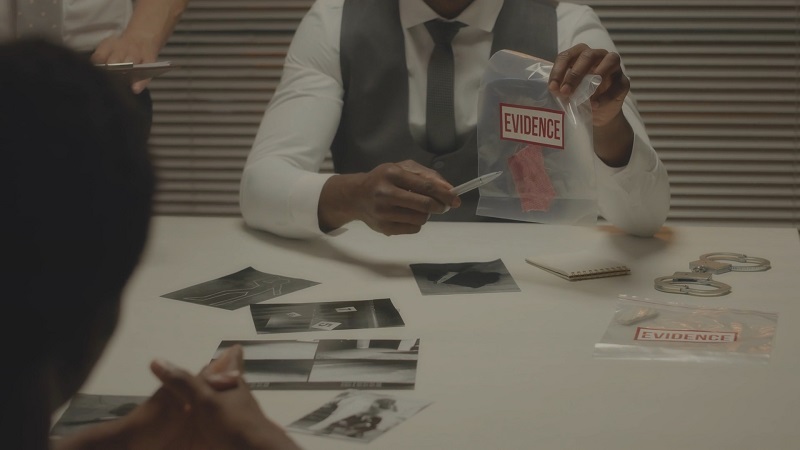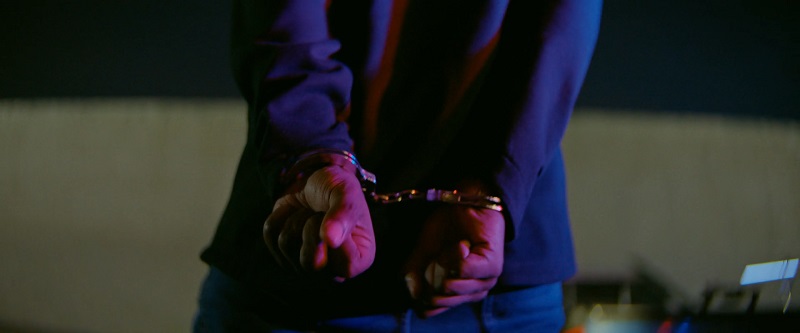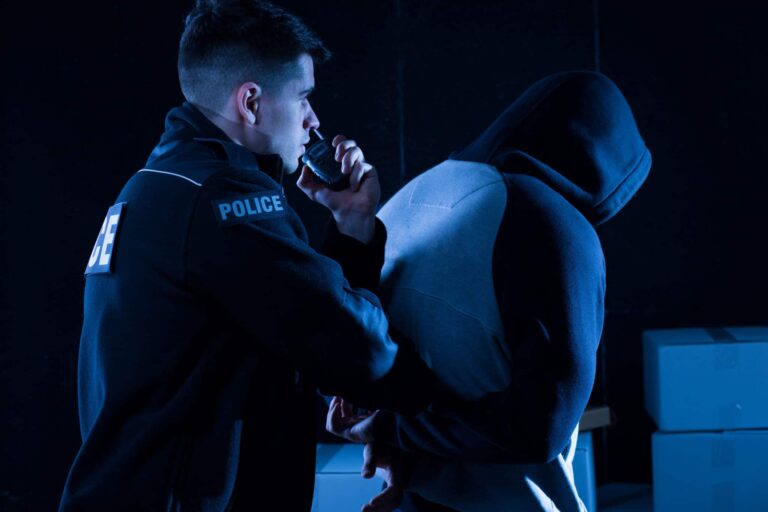Many people believe the act of being handcuffed signals an automatic requirement for police to read Miranda rights. Television dramas and movies often show law enforcement officers placing handcuffs on someone and immediately saying the familiar words about remaining silent and having the right to an attorney.
This creates confusion about how rights actually work in real legal situations. Handcuffing alone does not mean Miranda rights must be read at that moment. Legal requirements depend on two distinct elements.
One is custody. The other is interrogation. Law enforcement must meet both of these conditions before Miranda protections apply.
Understanding the separation between physical restraint and custodial interrogation becomes essential for any person interacting with the criminal justice system. Many cases show individuals giving up rights without realizing police had no obligation to give them a warning at that point.
It is possible to be handcuffed, held, or detained without having rights read. Still, once questioning begins in custody, police must provide that warning or risk consequences in court. That legal boundary shapes the direction of countless arrests and trials in the United States.
Miranda Rights: Origin and Core Function
Miranda rights come directly from a Supreme Court ruling in 1966. The case Miranda v. Arizona changed how police handle interrogations. The court decided that suspects in custody must be informed of specific rights before questioning begins.
These include the right to remain silent, the right to an attorney, and the warning that anything said can be used in court. If law enforcement fails to give that warning under the right conditions, statements made afterward might not be used in a prosecution.
The goal behind Miranda rights involves protection of the Fifth Amendment, which shields people from self-incrimination. The Sixth Amendment, covering the right to legal counsel, also plays a role.
The court did not invent new rights. Instead, the decision forced law enforcement to respect constitutional protections during a critical moment. Before Miranda v. Arizona, police sometimes pressured people into confessing or making statements without fully explaining what rights they had.
Condition One: What Counts as Custody?

Courts define custody as more than physical restraint. Handcuffs may seem like clear proof of custody, but courts do not look only at physical signs. Custody exists when a reasonable person would believe they are not free to leave.
That means the setting, the tone of the interaction, the presence of weapons, and the number of officers all factor into the judgment. A person sitting in a police car, a person escorted into a station, or a person held behind locked doors likely qualifies as being in custody.
Still, there are moments when people are handcuffed for safety or control, and courts rule that custody had not started yet.
That creates a blurry line. A person might assume the presence of handcuffs means arrest, but an officer may argue the act was temporary or precautionary. For example, if a person is handcuffed during a traffic stop due to safety concerns but is not being questioned yet, custody may not exist.
Until a clear arrest or an environment where no one feels free to walk away, the requirement to give Miranda warnings does not begin.
Condition Two: What Counts as Interrogation?

Interrogation involves more than questions. Courts describe interrogation as any words or actions likely to cause someone to make an incriminating statement. Direct questioning about criminal activity qualifies. So do comments designed to provoke a response.
For example, if a police officer says something like “we already know what you did” to pressure a person into confessing, that counts as interrogation. Silence or physical restraint alone does not activate the Miranda rule. Words must carry a purpose that leads to a legal confession or damaging statement.
Casual conversation without pressure or direct questions does not meet this standard. Officers may speak about neutral topics or ask general information, and that speech does not always count as interrogation.
However, once police direct their speech to gather criminal evidence or provoke admissions, interrogation has begun. If custody also exists, Miranda rights must have been given before that moment.
Being Handcuffed Without Interrogation

Many people experience being handcuffed during police encounters. That alone does not require Miranda warnings. Officers use handcuffs to secure a scene, prevent escape, or ensure safety. None of those reasons involve interrogation.
For example, if someone is handcuffed during a traffic stop due to a possible threat or due to suspicious behavior, but no questioning occurs, then Miranda rights do not apply. The act of restraint may feel like custody, but unless officers start asking questions aimed at evidence collection, the warning is not required.
The same applies during searches, crowd control, or detentions during investigations. A person may be restrained for safety reasons. Police might secure an area while investigating or dealing with multiple people at once.
As long as no one is questioned about the crime and no statements are drawn from that person, Miranda protections do not begin. That creates confusion for those who assume physical restraint requires an automatic reading of rights.
Interrogation Without Being Handcuffed

Some police encounters lead to questioning without any handcuffs. That can still require Miranda rights if the environment causes a person to feel trapped or arrested. For example, if police officers bring someone into a small room, close the door, and begin accusing them of a crime, that setting likely creates custody.
Even if handcuffs are not present, that environment would make a reasonable person believe they are not free to go. If questioning follows, then Miranda rights must be read first.
The lack of physical restraint does not remove the requirement. Courts focus on the entire situation. The number of officers, the tone, the duration, the isolation, and the pressure all matter.
Even if someone sits calmly across from officers, the conversation might still count as custodial interrogation. Police cannot escape the Miranda rule by avoiding handcuffs alone. They must examine how the encounter feels to the person on the receiving end.
Public Safety Exception
Some situations allow police to question a person without giving Miranda warnings. The most famous is the public safety exception. If officers believe a person might have information about a dangerous situation that could harm others, they may ask questions without delay.
For example, if someone is arrested at an airport and officers believe there may be explosives nearby, they can ask urgent questions about the location of a threat without first reading Miranda rights. The goal in that case is to protect the public, not to gather evidence for trial.
Courts allow those exceptions under strict limits. The exception applies only when public safety is at risk, not for convenience. Any questions asked must relate directly to that emergency.
Once the threat has passed, normal rules resume. If police continue questioning beyond the safety concern, they must return to Miranda requirements. Otherwise, the evidence may become unusable in court.
Routine Questions and Voluntary Statements

Police often ask basic questions before giving Miranda rights. Questions about name, address, date of birth, and similar topics usually fall outside Miranda rules. Those are considered routine booking questions.
Courts allow police to gather that basic information without warning the person about their right to silence. As long as those questions are not designed to provoke criminal admissions, the rights do not need to be read yet.
Some people speak without being questioned. If someone blurts out a confession or offers information on their own, that statement may be used, even if police did not give Miranda warnings.
The key point is whether police created the situation to cause the statement. Voluntary comments that happen naturally often fall outside the protection of Miranda. Still, once police start directing questions or making accusations, they must return to the legal path.
Consequences of Violating Miranda
When police violate Miranda rules, statements collected during custodial interrogation become unusable in court. That means prosecutors cannot introduce those words as evidence during trial. However, the case does not end automatically.
Police and prosecutors may still use physical evidence, witness testimony, or other facts to continue their case. Miranda only controls statements made during certain conditions.
In rare cases, a Miranda violation may lead to dismissal if no other evidence exists. Most of the time, the statement is suppressed, and the rest of the case continues. That makes the protection important but not always decisive.
People must understand what Miranda protects and what it does not. It guards speech, not the outcome of an entire arrest.
Supreme Court Case: Vega v. Tekoh
In 2022, the Supreme Court ruled on Vega v. Tekoh. The decision confirmed that individuals cannot sue police officers under federal civil rights law simply for failing to provide Miranda warnings. The case involved a hospital worker accused of assault.
A sheriff’s deputy allegedly questioned the man without reading his rights and obtained a confession. That confession was used in trial but the man was acquitted. He later sued for damages, claiming a Miranda violation. The Court ruled that Miranda violations do not create personal legal claims for money under Section 1983.
That decision surprised many people. It signaled that while courts may suppress evidence, individuals cannot always sue officers for failing to give warnings. The ruling highlighted the limited scope of legal remedies available under Miranda. People cannot assume that any violation will produce financial compensation or personal relief.
Legal Misconceptions
Many common misconceptions about Miranda rights confuse people during arrest. Some believe police must always read rights at the moment of arrest. Others think any failure to provide Miranda rights automatically means charges will be dropped.
Those beliefs do not reflect legal reality. The truth involves specific conditions. Rights apply only during custodial interrogation. Police may arrest, search, and process someone without providing Miranda warnings if no questioning occurs.
The focus should remain on whether statements were collected and whether conditions matched the rule. Physical restraint, location, and the presence of officers all matter, but none by themselves trigger the requirement. Every person must understand that the law looks at both actions and intent when deciding what police must do.
Final Word
Handcuffing alone does not mean police must read Miranda rights. The requirement only begins when custody and interrogation both exist at the same time. Officers may restrain someone, secure a scene, or conduct basic booking procedures without giving any warnings.
Only when questioning begins in a custodial setting must rights be read. That distinction shapes arrests, confessions, and court cases across the country.
Every person must know that legal rights exist beyond the television version. Reality contains exceptions, conditions, and consequences. Police may handle an encounter with care and still avoid reading rights if no statements are sought. However, once they begin seeking words to use in court, the law demands a clear warning.
Never speak without legal representation. Always assume that silence works better than statements. Ask for an attorney clearly and refuse further questions until one arrives. That simple action provides protection no matter how the police behave. The words used can shape a trial. The silence held can shape freedom.

